Kodiak Waters: Two Consecutive Harmful Algal Blooms Warn Shellfish Harvesters

Table of Contents
The First Harmful Algal Bloom: Extent and Impact
The first Kodiak HAB emerged in late July 2024, initially detected near the Karluk River estuary. Preliminary analysis identified the causative algae as Alexandrium catenella, a species known to produce potent neurotoxins. This bloom rapidly expanded, affecting a significant portion of the coastline, encompassing approximately 50 square miles of crucial shellfish harvesting grounds. The resulting shellfish harvesting closures were immediate and widespread, impacting numerous local families and businesses dependent on this industry.
- Date and Location: Late July 2024, Karluk River estuary and surrounding areas.
- Algae Species: Alexandrium catenella
- Geographic Extent: Approximately 50 square miles of coastline.
- Economic Impact: Significant economic hardship experienced by shellfish harvesters due to harvesting restrictions and closures. Initial estimates suggest millions of dollars in lost revenue.
- Toxin Levels: Elevated levels of paralytic shellfish poisoning (PSP) toxins were detected in various shellfish species, exceeding safe consumption limits.
The Second Harmful Algal Bloom: A Double Threat
Adding to the already dire situation, a second harmful algal bloom emerged in early September 2024, only weeks after the first bloom appeared to dissipate. This repeated HAB, while located slightly further north, significantly impacted areas still recovering from the initial event. While investigations are ongoing, preliminary data suggest that a different species of algae, possibly Pseudo-nitzschia, might be responsible for this second bloom. The cumulative effects of two consecutive blooms are particularly concerning.
- Timing and Location: Early September 2024, slightly north of the first bloom’s epicenter.
- Algae Species: Possibly Pseudo-nitzschia, further analysis required.
- Cumulative Impact: The successive blooms have placed an immense strain on shellfish populations, impacting their reproduction and survival rates. The environmental consequences of this prolonged exposure to toxins are still being assessed.
- Monitoring and Alerts: Intensified monitoring programs have been implemented, and the public health authorities issued multiple alerts, advising against the consumption of shellfish harvested from affected areas.
- Long-term Effects: The potential long-term effects on the ecosystem, including biodiversity loss and alterations to the food web, remain a significant cause for concern.
Monitoring and Mitigation Efforts in Kodiak Waters
The Alaska Department of Environmental Conservation (ADEC), in collaboration with local communities and research institutions, has significantly ramped up monitoring and mitigation efforts in response to these Kodiak harmful algal blooms. A multi-pronged approach is being undertaken:
- HAB Monitoring: Continuous water sampling and shellfish toxin analysis are being conducted to monitor the extent and severity of the blooms.
- Early Warning Systems: Improved communication systems and real-time data sharing are being implemented to quickly alert shellfish harvesters and the public to potential hazards.
- Research: Research is underway to determine the underlying causes of these recurring HABs, focusing on factors such as climate change, nutrient runoff, and ocean currents.
- Mitigation Strategies: While no immediate solutions exist to eliminate HABs, research into potential mitigation strategies, including exploring methods to reduce nutrient inputs to the waters, is being actively pursued.
- Government and Community Involvement: ADEC, along with local communities, tribal organizations, and shellfish industry stakeholders, are collaborating closely on monitoring, communication, and mitigation efforts.
Safety Precautions and Advice for Consumers
Public safety is paramount. It's crucial for consumers to follow these precautions:
- Safe Shellfish Consumption: Only consume shellfish from areas officially declared open for harvesting by the ADEC.
- Identify Contaminated Shellfish: Avoid purchasing or consuming shellfish from areas known to be affected by HABs.
- Consumer Advisories: Stay updated on any official consumer advisories and public health recommendations issued by the ADEC.
- Reputable Sources: Purchase shellfish only from reputable sources that adhere to strict safety standards.
- Stay Informed: Regularly check for updates and advisories regarding shellfish safety through official channels.
Conclusion
The back-to-back occurrence of harmful algal blooms in Kodiak waters presents a significant threat to the region’s shellfish industry, the marine ecosystem, and public health. The scale and intensity of these events highlight the urgent need for enhanced monitoring, robust mitigation strategies, and clear, timely communication to safeguard both the environment and the livelihoods of those who depend on Kodiak's rich marine resources. The long-term impacts are still unfolding, but concerted action is essential to mitigate the effects of future Kodiak harmful algal blooms and ensure the sustainable future of this vital resource. Stay informed about harmful algal blooms in Kodiak waters by monitoring official advisories and following recommended safety precautions to ensure safe shellfish consumption. Learn more about HABs and their impact and support initiatives aimed at mitigating future occurrences of Kodiak harmful algal blooms.

Featured Posts
-
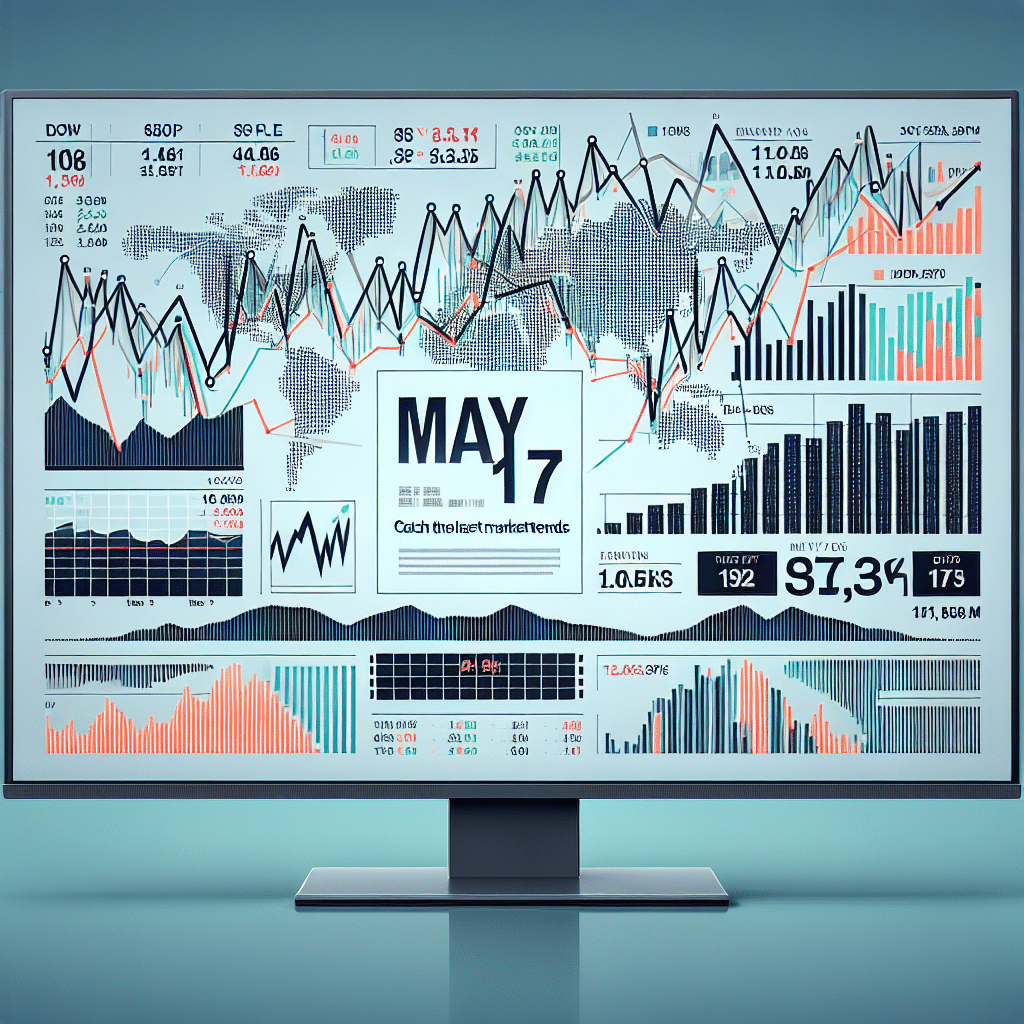 Stock Market News Tracking Dow And S And P 500 On May 29
May 30, 2025
Stock Market News Tracking Dow And S And P 500 On May 29
May 30, 2025 -
 Daredevil Born Agains Cut Scene What We Missed About The New White Tiger
May 30, 2025
Daredevil Born Agains Cut Scene What We Missed About The New White Tiger
May 30, 2025 -
 Measles Outbreak In Kansas A Growing Concern
May 30, 2025
Measles Outbreak In Kansas A Growing Concern
May 30, 2025 -
 Innovative Materials For A Cooler Urban India Tackling The Climate Challenge
May 30, 2025
Innovative Materials For A Cooler Urban India Tackling The Climate Challenge
May 30, 2025 -
 Undertales 10th Anniversary A One Night Only Orchestral Concert
May 30, 2025
Undertales 10th Anniversary A One Night Only Orchestral Concert
May 30, 2025
Latest Posts
-
 A Plastic Glove Project Bridging The Gap Between Rcn And Vet Nursing Professionals
May 31, 2025
A Plastic Glove Project Bridging The Gap Between Rcn And Vet Nursing Professionals
May 31, 2025 -
 Strengthening Rcn Vet Nursing Partnerships Lessons From A Plastic Glove Project
May 31, 2025
Strengthening Rcn Vet Nursing Partnerships Lessons From A Plastic Glove Project
May 31, 2025 -
 Watchdog Investigation Improving Transparency In Veterinary Costs
May 31, 2025
Watchdog Investigation Improving Transparency In Veterinary Costs
May 31, 2025 -
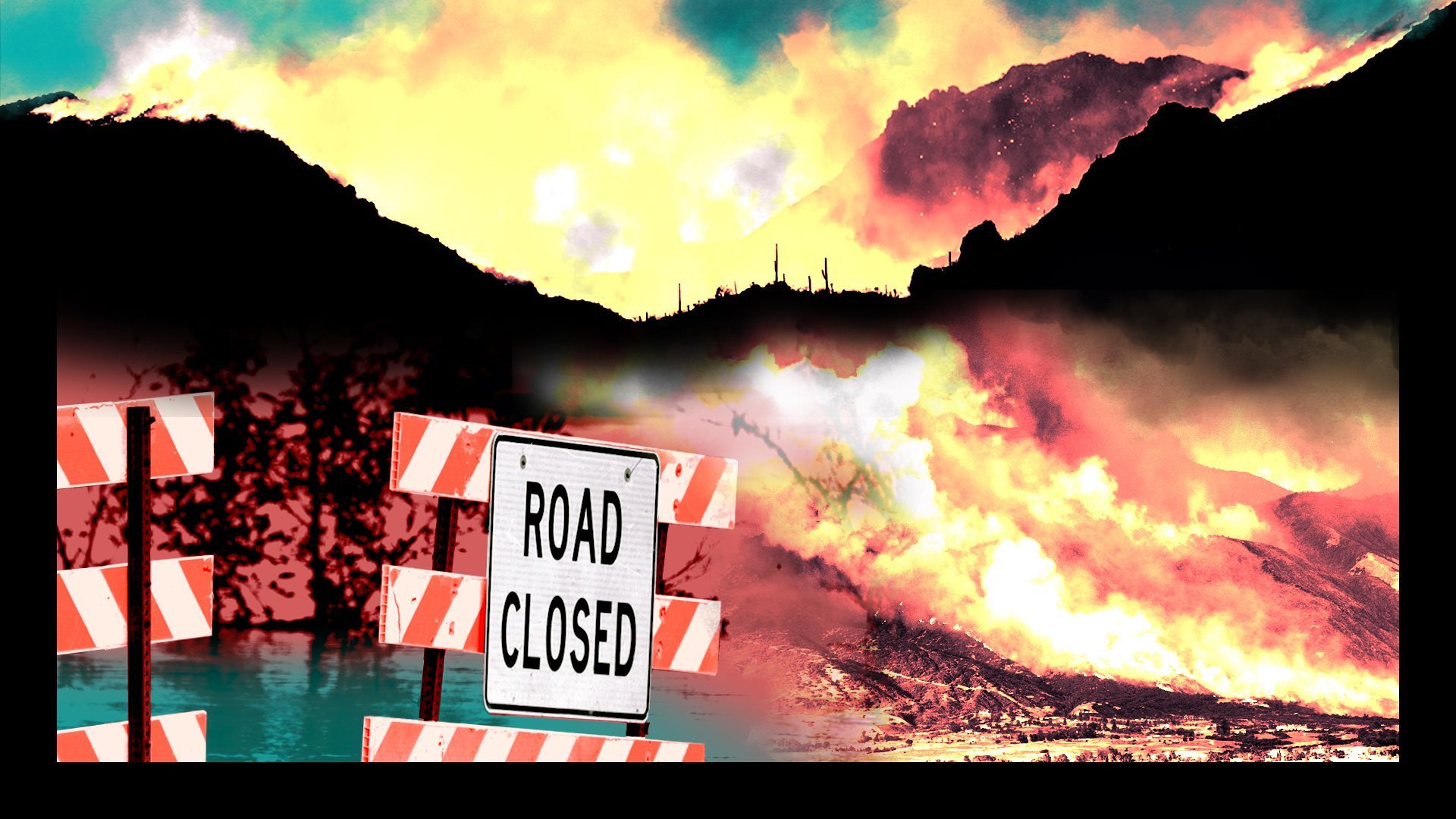 Cities Under Siege The Devastating Effects Of Dangerous Climate Whiplash
May 31, 2025
Cities Under Siege The Devastating Effects Of Dangerous Climate Whiplash
May 31, 2025 -
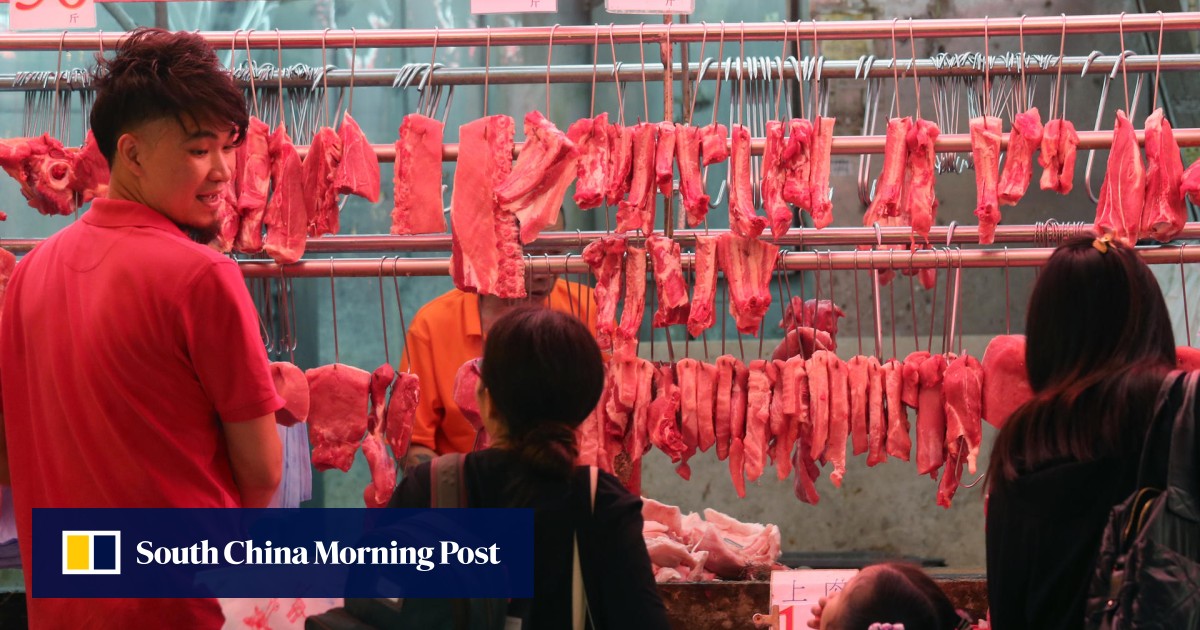 Watchdog Proposes Price Caps And Veterinary Comparison Websites
May 31, 2025
Watchdog Proposes Price Caps And Veterinary Comparison Websites
May 31, 2025
